Timișoara is the municipality of residence of Timiș County, Banat, Romania. It is located in western Romania, close to the borders with Hungary and Serbia, on the banks of the river Bega.
The city of Timisoara is an important industrial, commercial, medical, cultural and university center for Romania. The name of the locality comes from that of the Timiș River, combined with the Hungarian noun vár, “fortress”, meaning the Timiș Fortress. Located on the river Bega, the city is considered the capital of the historic Banat region. From 1848 to 1860 it was the capital of Serbian Vojvodina and Timisoara Banat. Conquered in 1716 by the Austrians from the Turks, Timișoara developed in the following centuries behind the fortifications and in the urban nuclei located around them. After the fortifications lost their usefulness in the light of technological advances in the military field, the fortress was largely dismantled and the recovered areas were recovered. After the First World War, Timișoara became part of Romania. In 1989, the city was the focus of the Romanian Revolution, which removed the communist regime.
Emblematic buildings for the city are the Metropolitan Orthodox Cathedral and the Romanian National Opera in Victoriei Square, respectively the Roman Catholic Cathedral, the Serbian Vicariate and the Brück House in Unirii Square. Tourist attractions include Huniade Castle, Theresia Bastion, Art Museum and Banat Village Museum.

Points of atractions- Tourist objectives
Museums:
Huniade Castle Museum (Banat Museum)
Huniade Castle is a historical monument and the oldest building in Timișoara, built between 1308–1315 by Carol Robert de Anjou and rebuilt after the earthquake of 1443 by Ioan de Hunedoara. The medieval castle was destroyed during the siege of Timisoara in 1849 and restored to its current form in 1856. Today it houses the Banat Museum.
In the context of the political turmoil in the Kingdom of Hungary in the 14th century, King Carol Robert de Anjou decided, following a visit in 1307, to temporarily establish his residence in Timisoara. It was thus necessary to build a castle to meet the needs of the king. The construction was probably made by Italian builders and most likely completed in 1315, because in 1316 the king was already settled in his new castle. He lived here for almost 8 years. The building developed around a quadrangular courtyard with cylindrical corner towers. Being located on an island, it was connected to the city of Timișoara, also fortified by the same king, through a drawbridge. He experienced major restorations during the Pippo Spano committee.
It served as a noble residence for all the kings who settled in Timisoara until 1552. During the Ottoman occupation (1552-1716), it served as the residence of the beglerbegs of Pașalâc de Timișoara.
Since 1947, the castle has been assigned to the Banat Museum and houses the history and natural sciences sections.
Banat Village Museum
The Banat Village Museum in Timisoara is the only ethnographic museum in Romania that includes the civic center of the village, consisting of City Hall, Church, School, National House (cultural destination) and birt, where most cultural-educational and scientific activities of a locality.
Following an initiative launched by the Association of Former Deportees in Bărăgan, a faithful replica of a beaten earthen house, covered with straw, was built inside the Banat Village Museum, as the deportees were forced to build in the open field. The house consists of 2 rooms - living room and kitchen - furnished with few things, similar to those that people displaced overnight managed to take with them.
Along with the National House, an outdoor stage has been set up where, during the summer, the “village choir” takes place every Sunday, preceded by ethno-folk performances.

Historic buildings and areas
Union Square
Union Square is the oldest historical square in Timisoara, arranged in Baroque style.
Throughout its history the square was also called Hauptplatz (Main Square), Domplatz (Dome Square) and Losonczy Square (after the name of Count Stefan Losonczy, killed in 1552 when the fortress was conquered by the Turks). The name Piata Unirii was given to it in 1919, because the Romanian troops that entered Timișoara stopped here.
The objective hosts important tourist objectives, such as the Roman Catholic Dome, the Baroque Palace, the Serbian Orthodox Cathedral, the Brück House, the Holy Trinity Monument, the mineral water fountain and other architectural monuments. It has a large surface, the dimensions being 150 x 110 m.
The development of the Union Square is related to the history of the city. In 1716, the imperial troops of General Eugene of Savoy conquered Timisoara from the Ottomans, opening two centuries of urban development in direct connection with Austrian and Austro-Hungarian rule.
Victoria Square
Victoria Square, former Opera Square, is one of the central squares of Timișoara, the place where Timișoara was proclaimed on December 20, 1989 the first free city in Romania. At the opposite poles of the square are the Opera to the north and the Metropolitan Cathedral to the south. From the Opera to the Cathedral the promenade on the right is called "Corso" and the one on the left is called "Surrogate".
Around the square there are cultural institutions - the Romanian Opera, the National Theater, the Hungarian State Theater, the German State Theater, the Metropolitan Cathedral, the Timiș cinemas, the Capitol and the Studio, the Banat Museum, art galleries and many shops.
Liberty Square
Liberty Square, which was originally called Paradeplatz, "Parade Square", then Prinz Eugen Platz, "Prince Eugene Square" is a historic square in Timisoara.
In 1848, with the outbreak of the Hungarian revolution, the name of the square changed to Liberty Square. After the Austrian army recaptured the city, the square was renamed Prince Eugene Square. The square is also colloquially referred to as the "Old City Hall Square". The building was built in Baroque style between 1731-1734.
The statue of St. Mary and St. John of Nepomuk
Located in the center of Liberty Square, this statue is the work of two Viennese sculptors, Blim and Wasserburger. On the three sides of the monument are depicted scenes from the last period of the life of St. John Nepomuk. In its center is St. Nepomuk and in the upper part is St. Mary with a crown of stars around her head and holding lily flowers in her hand, the symbol of purity.
The monument belongs to the typology of the plague columns.
Dicasterial Palace
The Dicasterial Palace is a palace of justice built in Timișoara between 1855-1860. The Timișoara Court, the Timiș Tribunal and the Timișoara Court of Appeal currently operate in the building. The building is classified as a historical monument.
The building was designed as the seat of the Austrian imperial administration of Banat.
Monumental construction, built on an area that stretches along three streets, the building has long been the largest building in Timisoara. The palace, built on three levels, initially had 273 offices, 34 rooms for servants, 34 kitchens, 65 cellars, 27 warehouses, these being grouped around three inner courtyards. It was built in the style of the Italian Renaissance, imitating the Medici Palace in Florence.
Romanian National Opera in Timișoara
The
Romanian National Opera Timișoara is a national opera, operetta and
ballet company, a public institution with legal personality,
subordinated to the Romanian Ministry of Culture.
The Romanian
National Opera Timișoara was established by royal decree no. 254 of
March 30, 1946, issued by King Mihai I. The first director of the opera
was Aca de Barbu.
The Palace of Culture building was started in
1871, according to plans by the Viennese architects Ferdinand Fellner
and Hermann Helmer, and was completed in 1875. The inaugural
performances took place on September 22, 1875 (in Hungarian) and on
September 25, 1875 (in German).
Places for relaxation and fun
„Anton Scudier” Central Park
"Anton Scudier" Central Park is one of the oldest parks in Timisoara, established in 1880 by order of General Anton von Scudier. In the park there are several monuments of some personalities and the Monument of the Romanian Soldier. The park is decorated with fountains, benches and chess tables.
In 1881, a life-size gilded cast iron statue of General Scudier was placed in the park. The inscription, in German, on the pedestal was written:
„Dem Andenken des Feldzugmeisters Freiherren Anton Scudier, gewesenen Militarkommandanten von Temesvar /, Dem begeisterten Forderer der Verkehrs und Verschonerungs Interessen dieser Stadt /, Dem Initiator dieser Anlage /, Alls Zeichen dankbarer Annerkenung errichtet von bur. Freeshad Temeswar im Jahre 1881 ”
"In memory of the imperial commander, Baron Antoniu Scudier, the lively supporter of the artistic and communication interests of the city, the beginner of the plantations. As a gratitude raised in 1881 by the citizens of the free royal city of Timișoara. ”
This statue was destroyed on October 26, 1918, in the context of the disturbances caused by the collapse of the Austro-Hungarian front, later a clock was installed on its base.
The Metropolitan Cathedral
The Metropolitan Cathedral of Timișoara is the largest religious building in Timișoara, the cathedral of the Metropolitan Church of Banat, dedicated to the "Three Hierarchs". It was built between 1936 and 1941 and is a symbol of the city. With a height of 90.5 m, it is currently the second church in Romania in height after the Cathedral of the Salvation of the Nation, the future patriarchal cathedral in Bucharest.
The history of the building is closely linked to the year 1919 when, on July 28, Banat joins Romania. The new Romanian administration resumes the thread of Orthodoxy broken in 1717 and takes a series of measures to encourage Orthodoxy, disadvantaged by the Austrian administration, favorable to the Catholic religion. Thus, the old parish of Cetate was re-established in 1926, then the Diocese of Timișoara in 1939, elevated to the rank of archdiocese, and in 1947 the Metropolitanate of Banat was created.
Romanian National Opera in Timișoara
The
Romanian National Opera Timișoara is a national opera, operetta and
ballet company, a public institution with legal personality,
subordinated to the Romanian Ministry of Culture.
The Romanian
National Opera Timișoara was established by royal decree no. 254 of
March 30, 1946, issued by King Mihai I. The first director of the opera
was Aca de Barbu.
The Palace of Culture building was started in
1871, according to plans by the Viennese architects Ferdinand Fellner
and Hermann Helmer, and was completed in 1875. The inaugural
performances took place on September 22, 1875 (in Hungarian) and on
September 25, 1875 (in German).
Bega River
Bega River (Serbian: Бегеј / Begej, Hungarian: Béga) is a river in Romania and Serbia. It springs in the Poiana Ruscă Mountains. It crosses the cities of Făget and Timișoara, on the territory of Romania and the Serbian city of Zrenjanin. It flows into the river Tisza near the town of Titel.
St. George's Cathedral
St. George's Cathedral in Timisoara or the Roman Catholic Cathedral is the cathedral of the Roman Catholic Diocese of Timisoara and one of the emblematic monuments of the city. The building is dedicated to Saint George and was built between 1736 and 1774.
The construction lasted over 2 decades, in 2 stages: 1736-1751 and 1755-1774. The monument is made in Baroque brick style and has stone and stucco decorations. The towers have a low height, determined by the proximity of the fortress wall. The interior is rich and sumptuous, highlighting the 9 altars decorated in Baroque and Rococo style, sculpted by the Viennese Johan Müller, adorned with old icons, the organ built in 1908 by Leopold Wegenstein, but also the oak doors decorated with pure nickel grilles. The Roman Catholic Cathedral (Roman Catholic Cathedral) is considered to be the most unitary and representative baroque construction of Timisoara and one of the most valuable in Banat.
Serbian Orthodox Episcopate
The Serbian Orthodox Episcopate of Timisoara is the diocese on Romanian territory of the Serbian Orthodox Church. The titular bishop is Lukijan Pantelić, bishop of Buda. The diocese is actually led by its delegate, the vicar priest Marinco Markov.
Timişoara Serbian Orthodox Episcopal Palace (left) and Timişoara Serbian Orthodox Cathedral (right)
The Serbian Orthodox Cathedral in Timisoara is the cathedral of this diocese. The former church of the Orthodox community in Timișoara perished in a fire in 1728. The new church was built between 1744-1748 in Baroque style, with the help of donations from the faithful.
It is one of the most beautiful buildings in Timișoara.
Iulius Town
Iulius Town is a large multifunctional urban complex in Timisoara owned by the Iulius Group-Atterbury Europe consortium. In phase I of the development of the complex, partially inaugurated in September 2019, the project required a total investment of over 442 million euros, also one of the largest infusions of private capital in the real estate sector (real estate in English) ever made in Romania and the largest real estate investment outside Bucharest.
It is the shopping center of the complex, opened in 2005 and expanded in 2009 and 2019.

Traian Vuia International Airport
Traian Vuia Timișoara International Airport (IATA: TSR, ICAO: LRTR) is the third airport in Romania in terms of number of passengers, serving a population of 2.5 million inhabitants. Starting with January 6, 2003, the airport is named after the Romanian inventor Traian Vuia, born in Timiș County. The airport serves as the operational base for Wizz Air and is considered a reserve airport for Bucharest (OTP), Budapest (BUD) and Belgrade (BEG), being the most important airport in the DKMT Euroregion.
There are no operating restrictions for any airline and any type of aircraft. Timișoara International Airport became, at the beginning of 2017, the first airport in Romania certified by EASA
Other photos from Timișoara
Timișoara is one of the most beautiful cities, with impressive history and bohemian air, also nicknamed the "city of roses" or "Little Vienna.
I invite you to visit this beautiful city.
Any upload of these photos is prohibited without citing the source.
You
can take a maximum of 500 characters from this article, the condition
is to specify and visibly insert the link of the article.




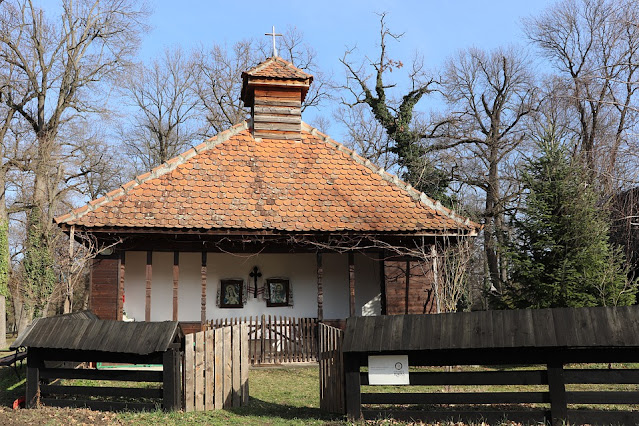
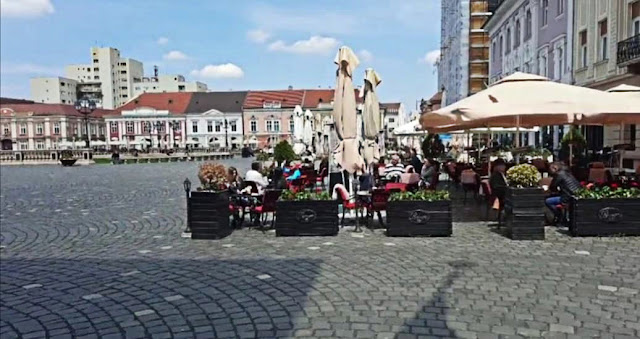
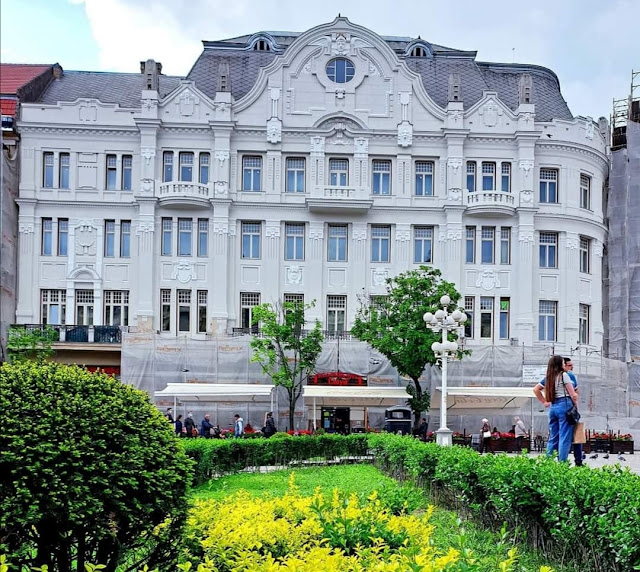


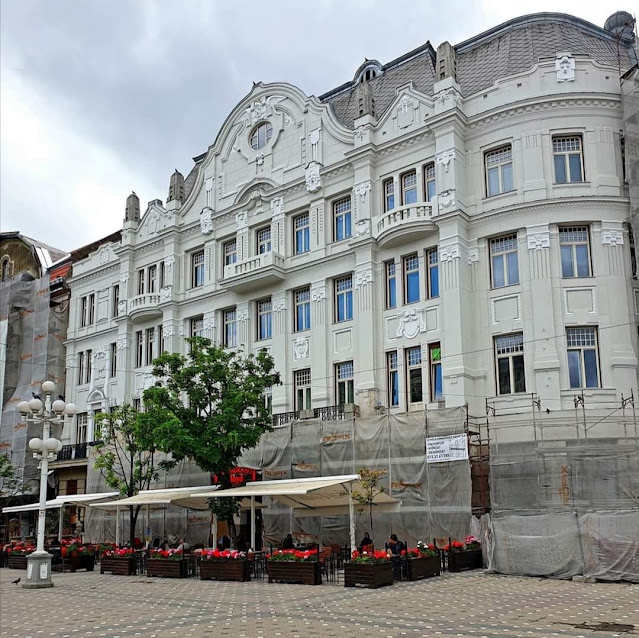
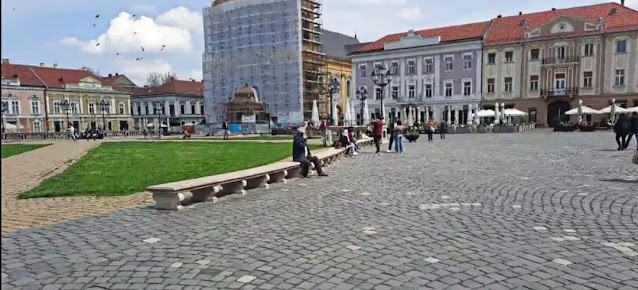
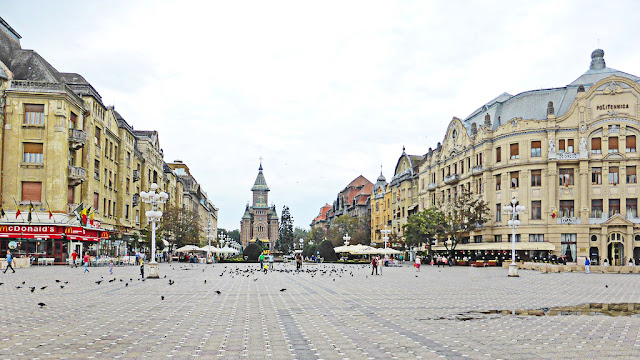

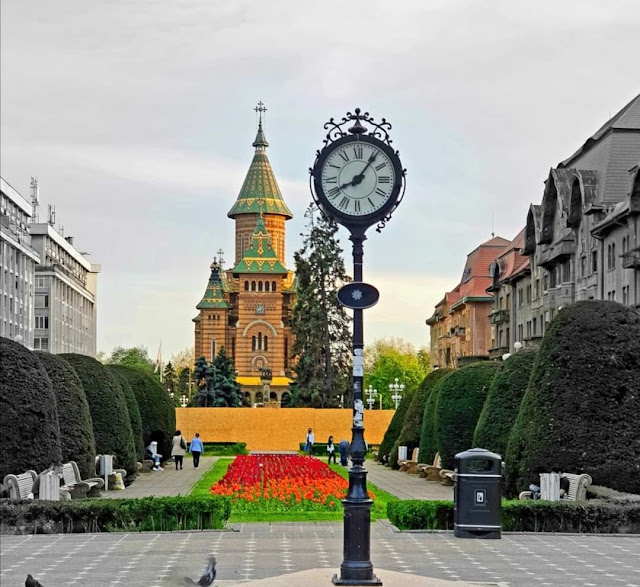
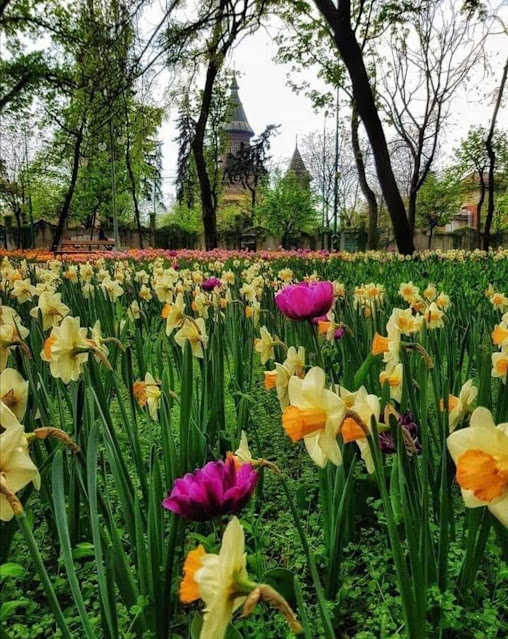


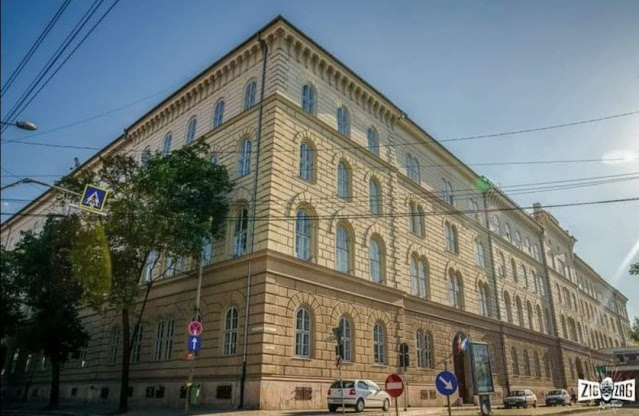
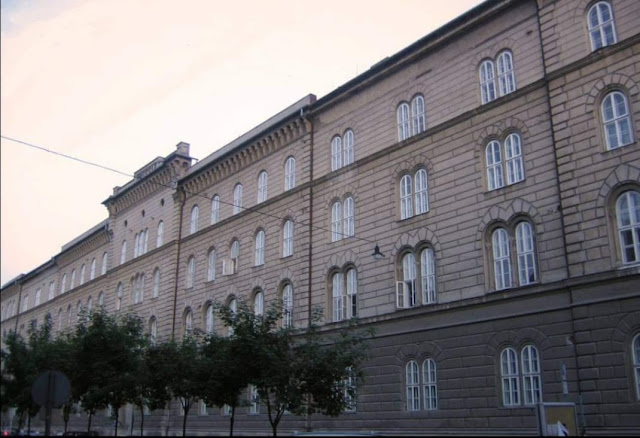
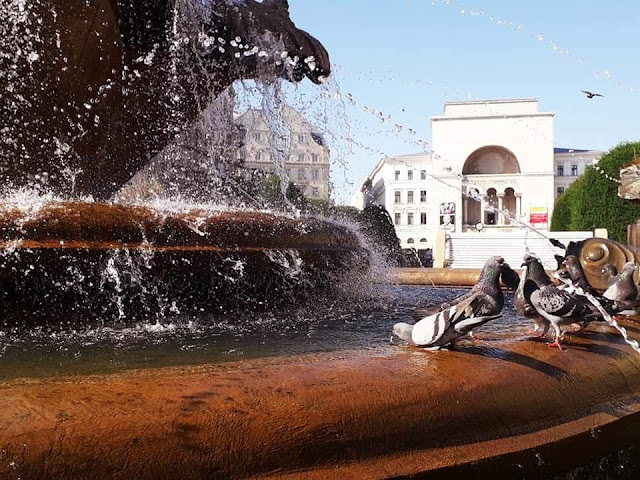
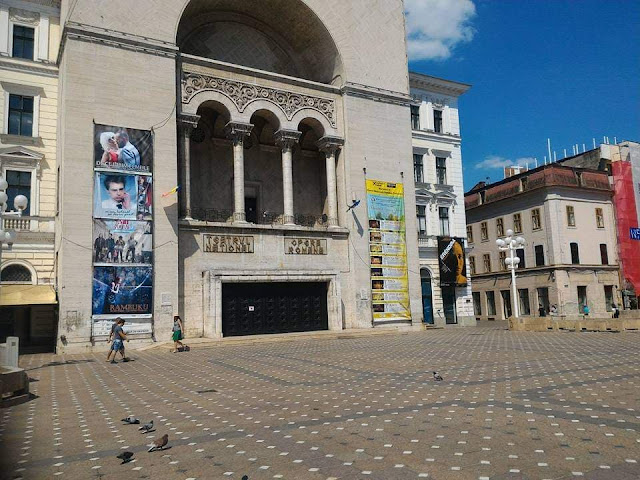

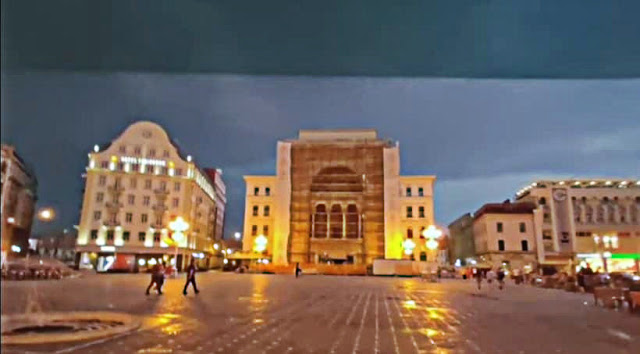
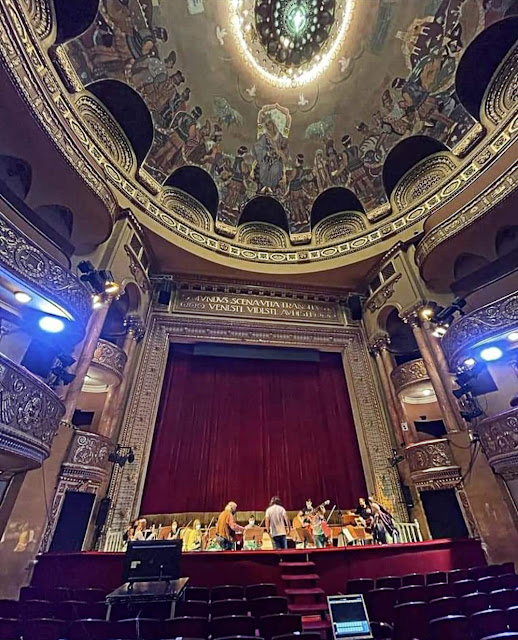
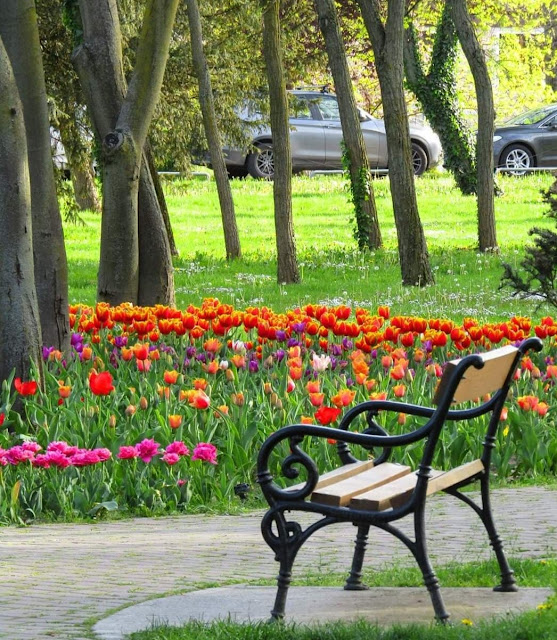
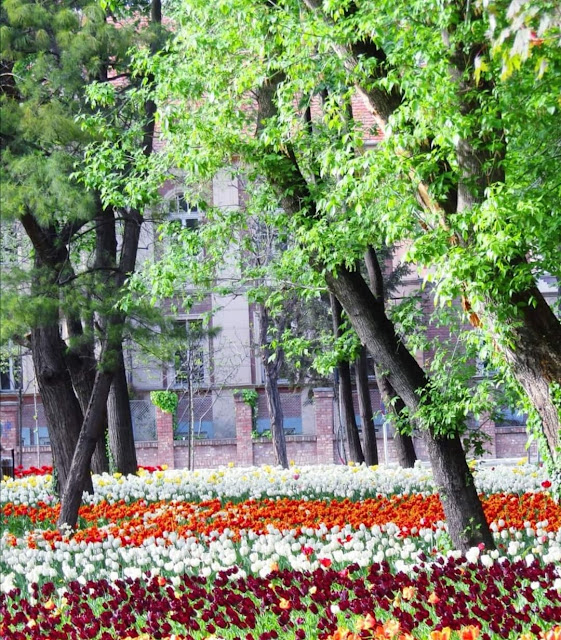


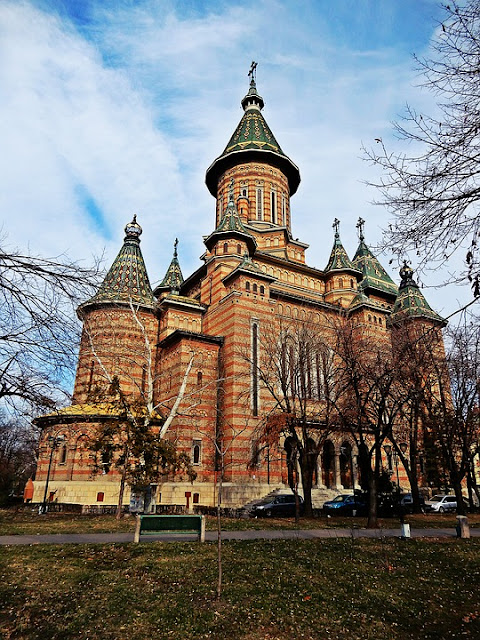
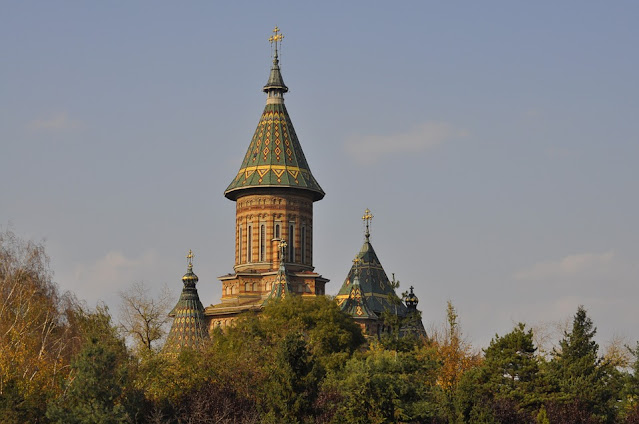
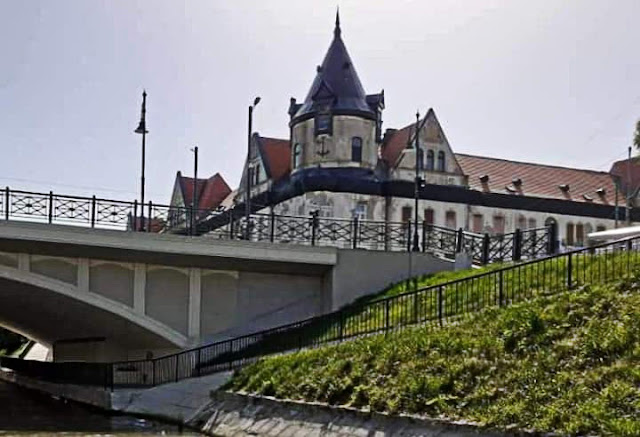
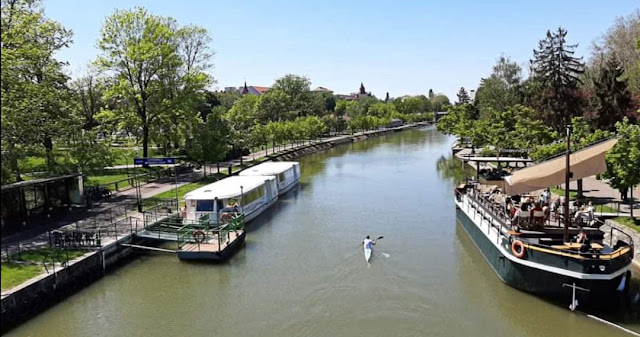
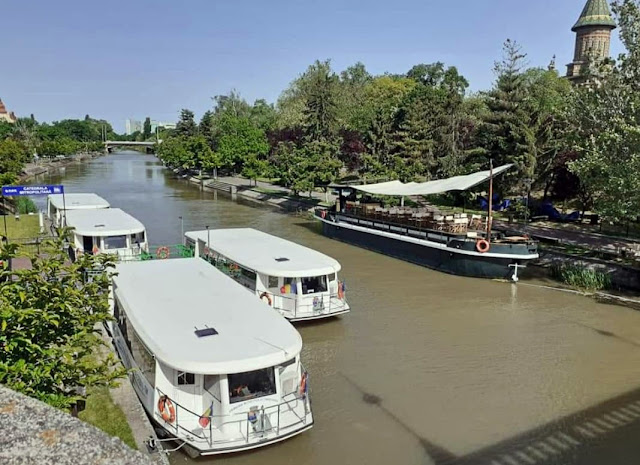

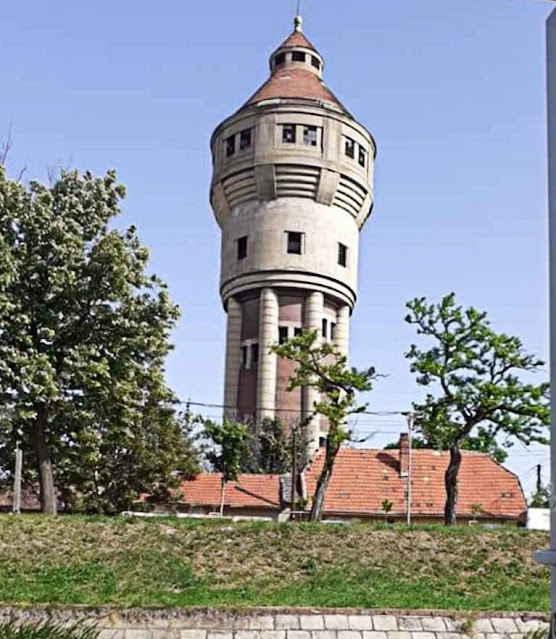
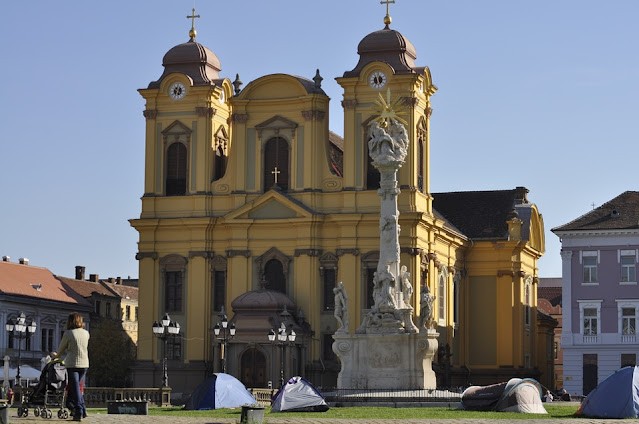
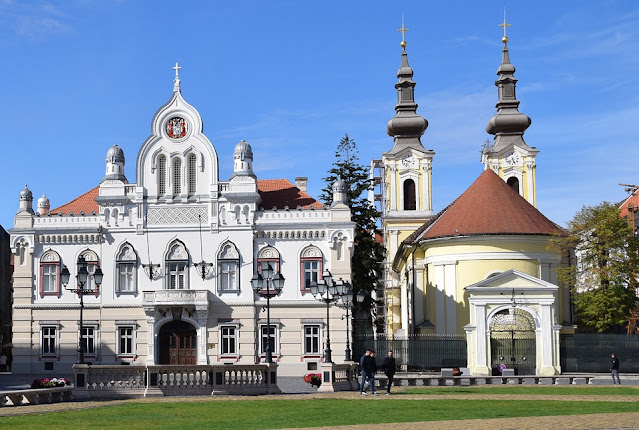


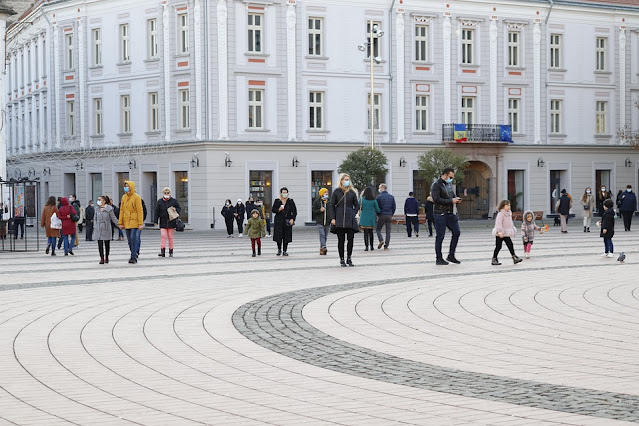
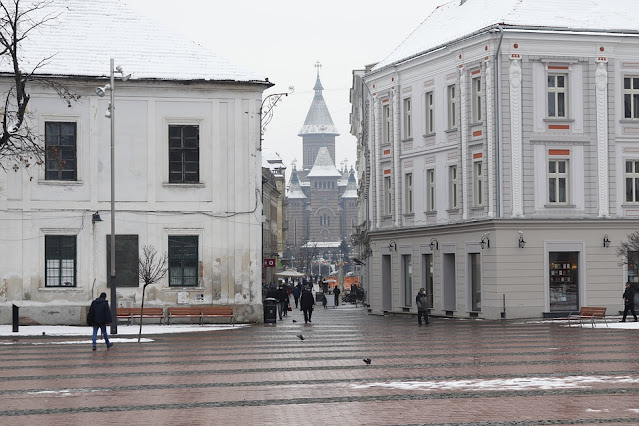
Comments
Post a Comment